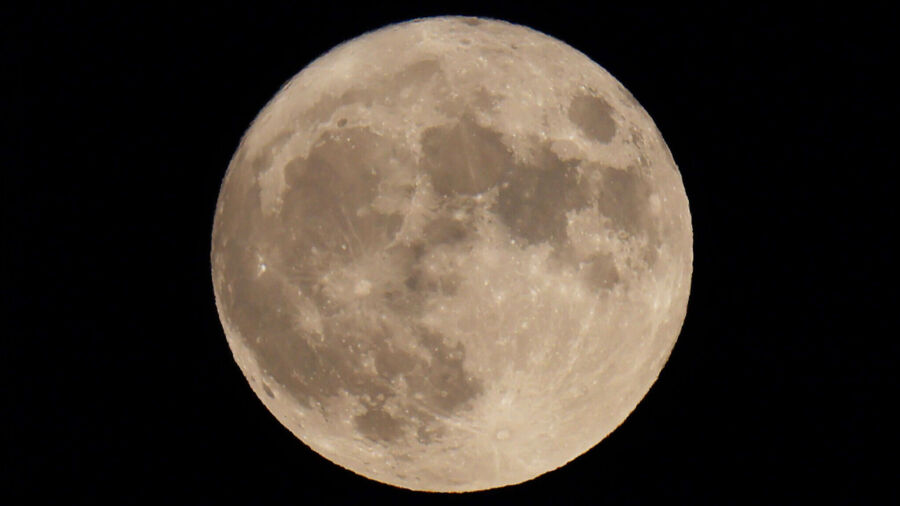The first of four supermoons to rise in 2023, July’s lunar display will appear to be brighter in the night sky than any other full moon event that has occurred this year.
The full moon will rise on Monday, July 3, and reach peak illumination below the horizon at 7:39 a.m. ET, according to The Old Farmer’s Almanac. Local weather conditions allowing, you can view the celestial event by looking to the southeast after the sun sets.
“A supermoon is when the moon appears a little bit bigger in our sky,” said Dr. Shannon Schmoll, director of the Abrams Planetarium at Michigan State University. “As the moon goes around the Earth, it’s not a perfect circle. So, there are points in its orbit where it’s a little bit closer or a little bit farther from the Earth.”
When the orb reaches its full moon phase at a point in its path where it is closer to the Earth, it appears to be slightly larger and a supermoon occurs, Schmoll explained. While the size difference between a supermoon and a typical full moon may not be immediately apparent to the naked eye, The Old Farmer’s Almanac says the first full moon of summer will be more luminous and 224,895.4 miles (361,934 kilometers) from Earth.
This month’s moon is also known as the buck moon. July is typically when male deer’s antlers grow during an annual cycle of shedding and regrowth, according to the almanac.
There are several other names for the buck moon that come from Native American peoples, according to Western Washington University. Names like hot moon refer to summer weather while terms like raspberry moon and ripe corn moon signify the best times for harvesting fruit and other crops.
Full Moons and Supermoons
While most years have 12 full moons, 2023 will have 13 of these lunar events. There will be two supermoons in August, including a blue moon, which will be the closest moon to Earth this year, according to The Old Farmer’s Almanac. The fourth and final supermoon in 2023 will rise on September 29.
Here are the full moons remaining in 2023, according to the Farmer’s Almanac:
● Aug. 1: Sturgeon moon
● Aug. 30: Blue moon
● Sept. 29: Harvest moon
● Oct. 28: Hunter’s moon
● Nov. 27: Beaver moon
● Dec. 26: Cold moon
Lunar and Solar Eclipses
People across North, Central, and South America will be able to see an annular solar eclipse on Oct. 14. During the solar eclipse, the moon will pass between the sun and Earth at or near its farthest point from Earth. The moon will appear smaller than the sun and encircled by a glowing halo.
To avoid damage to the eyes, viewers should wear eclipse glasses.
A partial lunar eclipse will also take place on Oct. 28. Only part of the moon will pass into shadow as the sun, Earth and moon will not completely align. This partial eclipse will be viewable in Europe, Asia, Australia, parts of North America, and much of South Africa.
Meteor showers
Each of the nine remaining meteor showers expected to peak this year will be most visible from late evening until dawn in areas without light pollution. Here are the events’ peak dates:
● Southern Delta Aquariids: July 30–31
● Alpha Capricornids: July 30–31
● Perseids: Aug. 12–13
● Orionids: Oct. 20–21
● Southern Taurids: Nov. 4–5
● Northern Taurids: Nov. 11–12
● Leonids: Nov. 17–18
● Geminids: Dec. 13–14
● Ursids: Dec. 21–22
The-CNN-Wire
™ & © 2023 Cable News Network, Inc., a Warner Bros. Discovery Company. All rights reserved.

